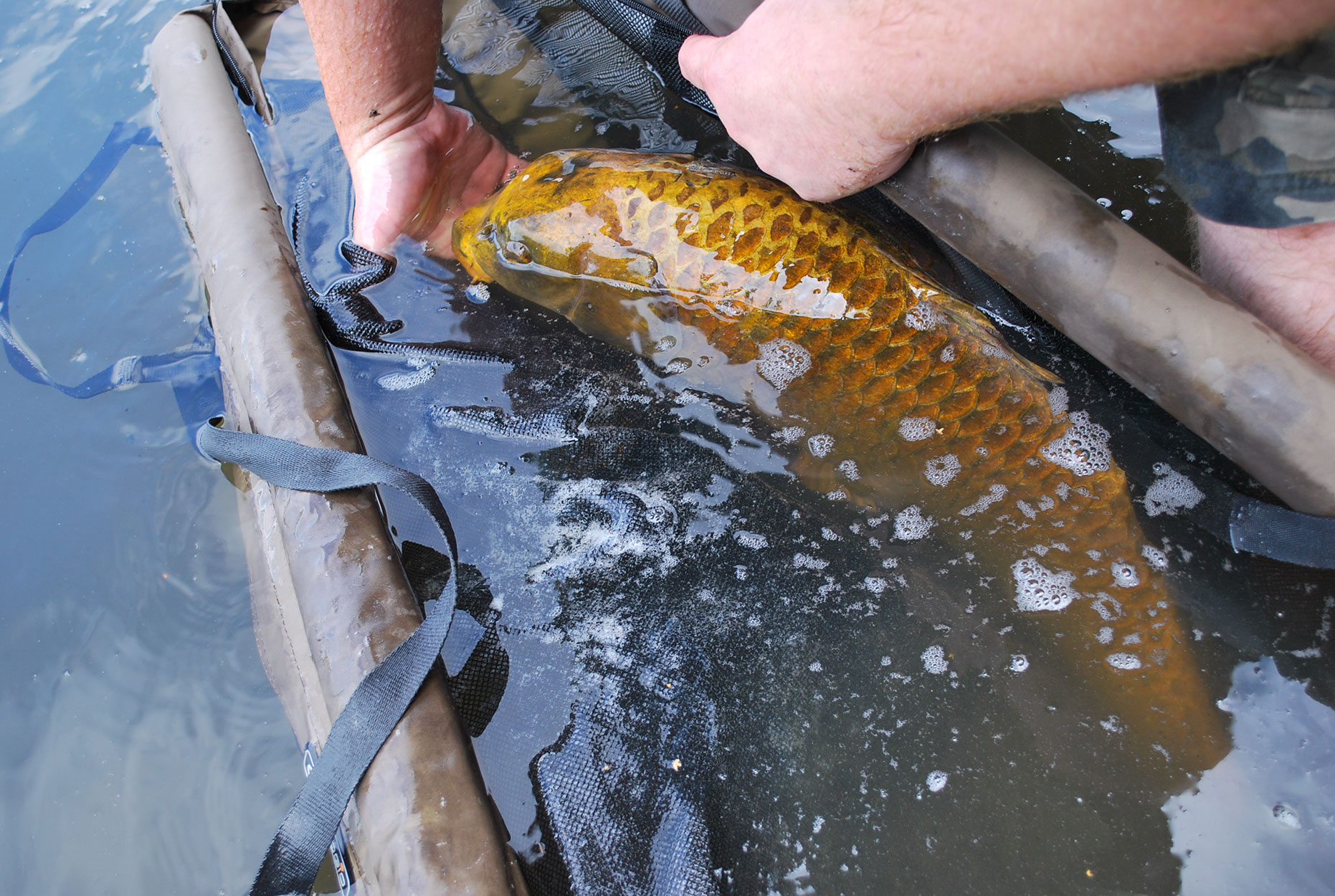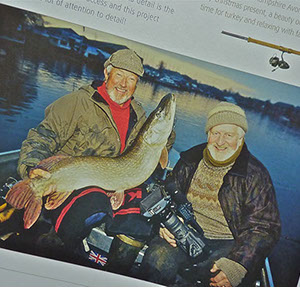MEMBERSHIP
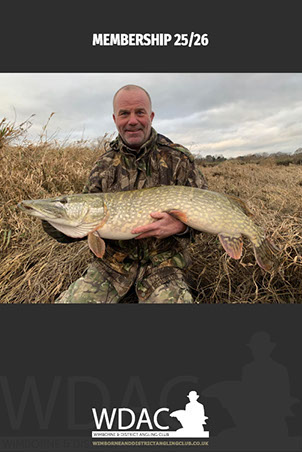
For full details on how to join and the rates for 2025/26

Membership details
WDAC VENUES
Further details on all of our waters and concessions.
Venue information
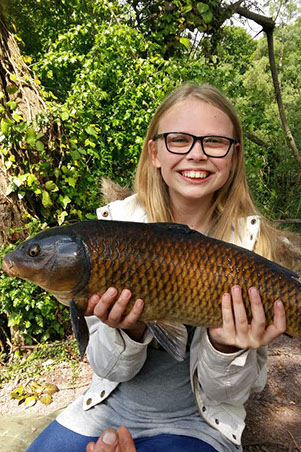
JUNIORS PAGE
A page of the website purely for our younger members.
Coming soon!
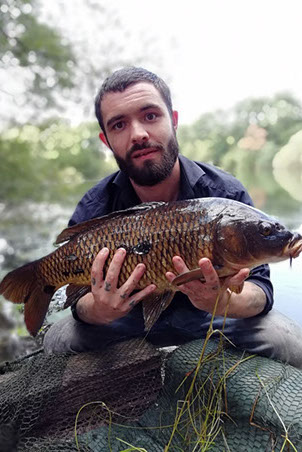
STICKY BAITS COMP
£175 worth of Sticky Baits prizes of for grabs!
Enter comp here
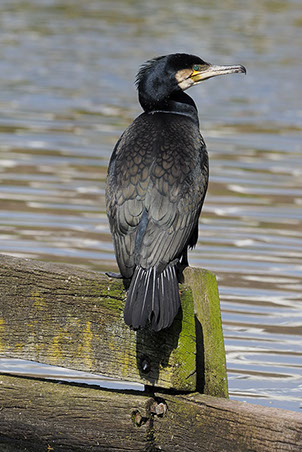
CORMORANT WATCH
YOUR club needs YOUR help to report sightings of cormorants
Report here
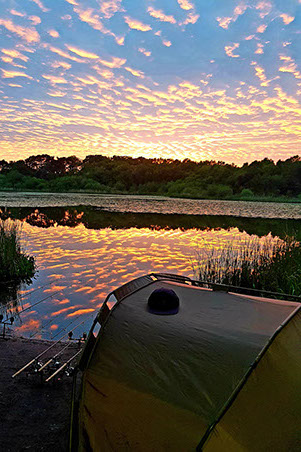
WDAC PHOTO COMP
All the info you need to enter our annual competition.
Enter here
Once a fish is in the net, it's at this point where things can go wrong if you're not careful. First job is to ensure your mat/cradle is wet - really wet.
It's good practice to dismantle the net at the spreader block while the fish is in the water, also ensuring that your mat/cradle is as close to the water as possible.
If it's possible, remove the hook from the mouth before you roll the net up. If not ensure that you are not rolling the line up with the net - this can put pressure on the fishes mouth, essentially lifting its head as the tension increases.
Once the fish is secured in the dismantled net, check that all fins are facing the right way (i.e towards the tail) before you lift the net. This is important as fins facing the wrong way can snap causing permanent injury to the fish. Once you're satisfied the fish can then be carried over to your already wet mat/cradle - ensure that the fish is never more than 1ft off the floor at all times. Ensure that you have either released the bail arm on the reel or cut the mainline above your rig before moving the fish - in case the rod is accidentally dropped.
If you own a sling, transferring the fish into this provides better support for the fish. Getting into the water is also good if it's safe to do so.
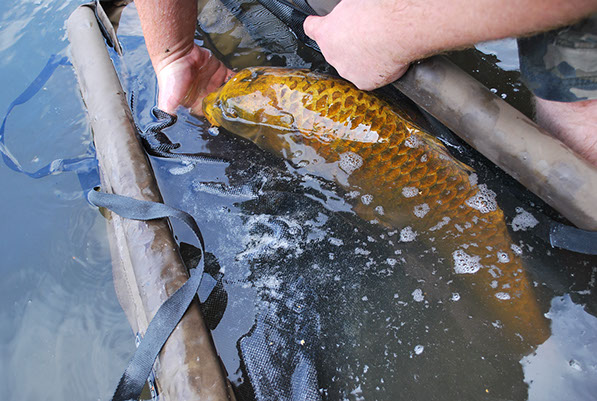
- Once the fish is on the mat/in the cradle, have a look at where the hook hold was, as well as checking the fish generally. Apply your carpcare ointment to anything that looks damaged - EXCEPT areas close to the gills and eyes.
- Ensure your hands are wet and that you have removed any jewellery (including watches) rolling up your sleeves is best practice.
- If the fish is thrashing and making itself difficult to handle, simply cover the fishes eyes with your hands, holding it in place until it calms down.
- Remove the net away from the fish, allowing you to slide under a weighing sling if you intend to weigh the fish (ensuring this is thoroughly wet also) weighing the fish in the net is poor practice.
- When lifting the fish, it's time to double check that the fins are facing the correct way. Also, ensure that the fish is never more than 1ft off the ground - if anything fails you are therefore reducing any impact on the fish
- Once you have finished weighing the fish, it should be returned to the water as soon as possible. If you intend to photograph the fish in addition, now's a good time to lower the fish into the water for a minute or so to allow it to breathe.
- See below for info on photographing fish as this is the point at which most fish damage occurs.
Handling the fish to weigh
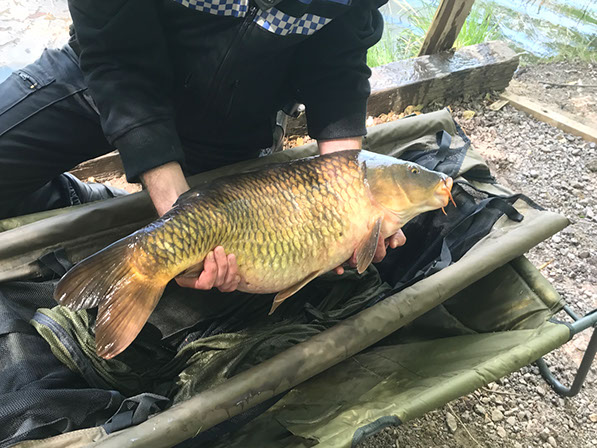
This is the point at which most damage to a fish can occur and there are therefore a few golden do's / don’ts in terms of procedure
- Once you are satisfied that the fish is calm enough to left, you can slide your hands underneath it, using the pectoral and anal fins as locations for your hands
- Carefully lift the fish, ensuring that it is no higher from the floor than it needs to be.
- Gripping the fish gently by the pectoral and anal fins allows you to roll the fish to an upright position for your photograph
- If the fish starts to thrash, you can simply roll it back onto your forearms until it has calmed down.
- Once your photo is taken, you can carefully lower the fish back onto the mat/cradle and return the fish to the water.
NB Self take photo's - this is difficult and should never be done using a mat unless your camera is already set up and you have some form of remote control for the take. Leaving a fish unattended on a mat is putting the fish at risk of flipping off the mat onto the ground and is not acceptable.
The photography of fish
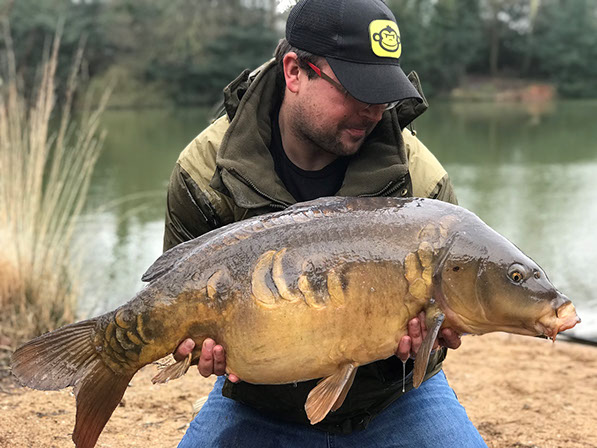
Your capture should be carefully returned to the water from your mat/cradle, ideally using a weigh/retention sling. The same rules apply - keep the fish low to the ground and once you are over the water, carefully lower the fish in, making sure there are no snags (eg sharp branches) in that particular area. Your discarded landing net handle should be to hand and is a useful way to check the margins.
Carefully move the sling away from the fish, ensuring the fish is upright and supported. The fish will either kick free straight away or will will lie there for a short while. If this happens, keep hold of the fish in an upright position and it will kick free when it's ready to do so.
If the above points are followed each and every time you catch a carp, you're doing your bit to ensure we are looking after the fishes welfare and we are protecting our stock for the next angler.
Returning fish to the water
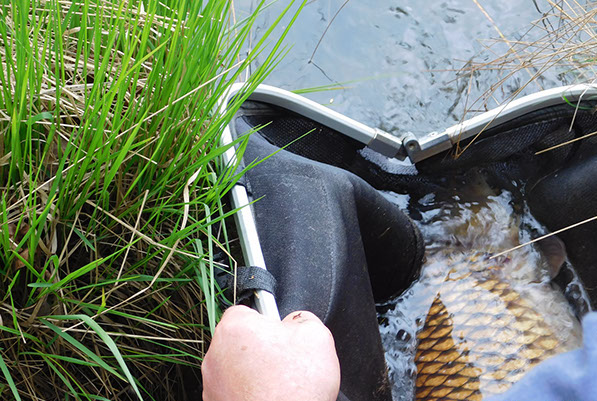
It's essential that you have a large soft-mesh net (minimum 36'' and ideally 42'') a large mat (or cradle) and a retention/weigh sling. In addition we advocate the use of a fish care ointment that can be used to treat where the hook was positioned as well as any other marks or sores that the fish may have.
Failure to have the above minimum requirements may result in disciplinary action. There is NO excuse for not having this equipment and it's our collective responsibility to see that this rule is adhered to.
If you arrive at the lake having forgotten any of this then please return home before fishing. It's also important to set your landing net etc up before you cast out to ensure you are ready to land a fish immediately.
It's also handy to have a bucket of lake water ready for when you have a fish on the bank - to ensure your equipment, the fish and your hands are wet. A fishes slime coating is its only barrier against infection and using dry equipment/hands is very poor practice and puts the fish at unnecessary risk.
Fish have a right to be treated with consideration and care.
The kit you NEED to have
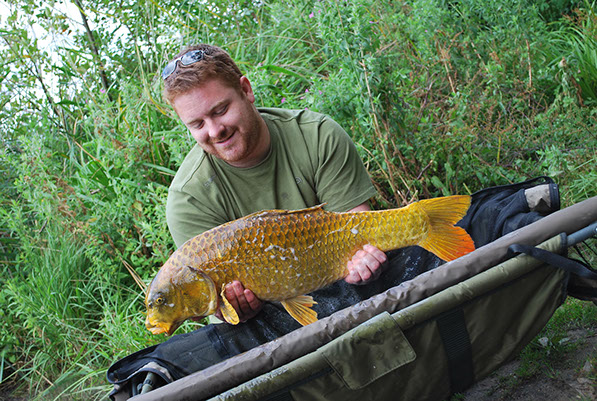
Removing fish from the water
The video here demonstrates very well the correct procedure for handling carp and may be slightly easier to follow than the large amount of text above.
The video is the property of Korda TV carp fishing and is being provided for educational purposes. WDAC do not officially endorse Korda and have no connection in any way. We are sharing their content for the benefit of our fish welfare and the improvement in fish handling practice - they also provide a few bonus photography tips...
A useful video from Korda
This video also highlights the importance of fish welfare at spawning time. It also provides good advice on ensuring you dry your landing equipment thoroughly between sessions.
The video is the property of Fox International carp fishing and is being provided for educational purposes. WDAC do not officially endorse Fox and have no connection in any way. We are sharing their content for the benefit of our fish welfare and the improvement in fish handling practice.
A useful video from Fox
Photo courtesy of Dave Price, 'The Pretty One', Alder Hills
Fishcare homepage
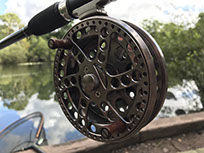
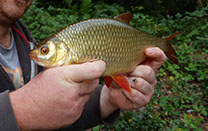
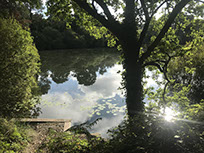
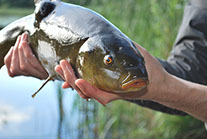
SITE MENU
HOME
VENUES
MEMBERSHIP
CURRENT NEWS
GAME SECTION
MATCH NEWS
JUNIOR PAGES
CORMORANT WATCH
CONTACT
BUY GUEST TICKET
WDAC CLOTHING SHOP
WESSEX ANGLING
x
SUBSCRIBE TO OUR NEWSLETTER


COPYRIGHT WDAC 2024
TERMS AND CONDITIONS
DESIGNED BY J NASH
